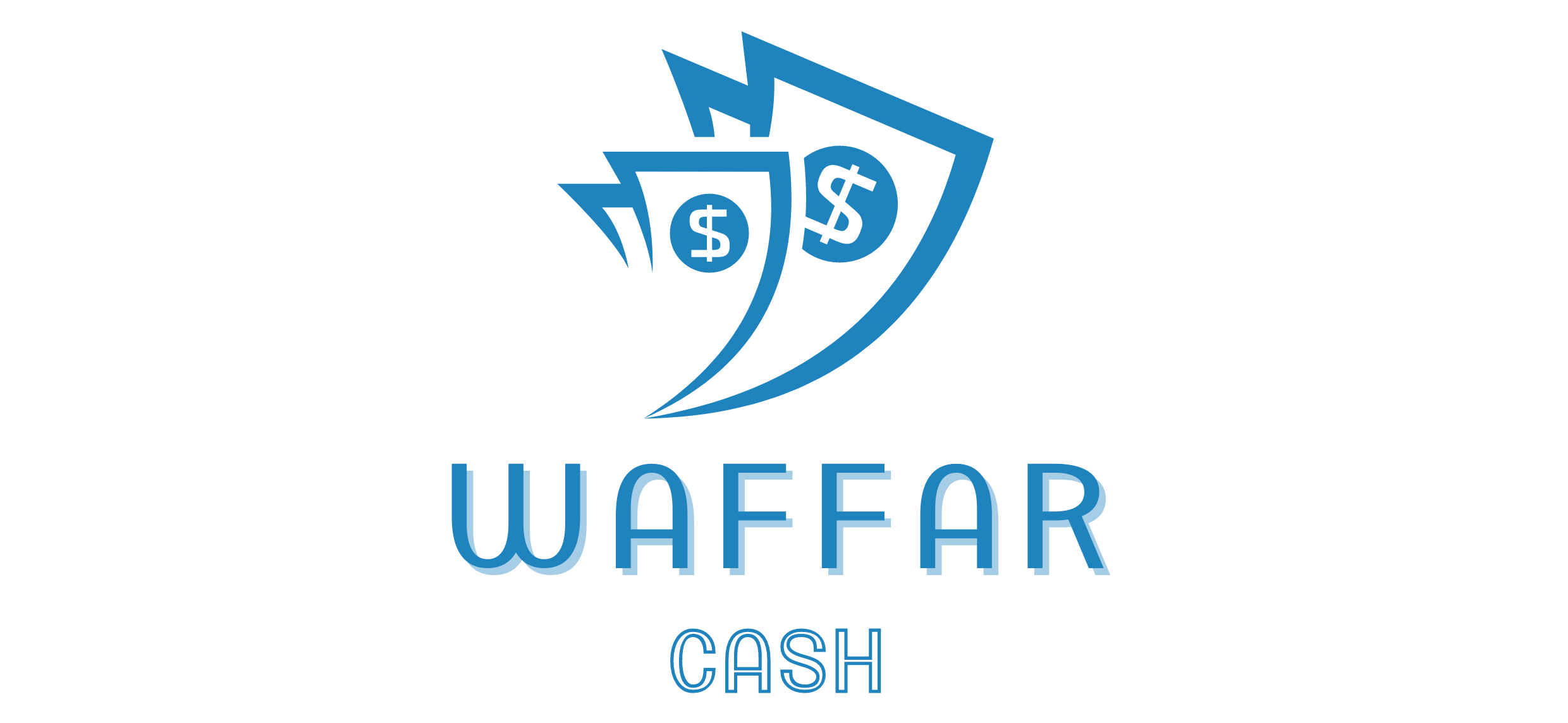
The Illusion of a Deal: Why You Should Be Skeptical
You’re scrolling through your favorite store, and you see it — “70% OFF! Today Only!”
Your instinct says it’s a steal, but is it really?
Many online stores use inflated “original prices” to make discounts look bigger than they truly are.
In reality, the item may have never been sold at that higher price, or it was briefly marked up just before the sale began.
This trick is called price anchoring, and it’s used to manipulate your perception of value.
Step 1: Track the Price History
Don’t trust the crossed-out price on the product page at face value.
Use tools like CamelCamelCamel (for Amazon), Keepa, or browser extensions like Honey and Pricetrackers.
These show you a full price history and help you see whether the item was genuinely more expensive before.
If the price has been static for weeks and suddenly jumps right before a discount, it’s likely a fake sale.
This is especially common during shopping seasons like Black Friday or end-of-season clearances.
Step 2: Compare Across Multiple Retailers
Just because a site shows “Now $49, down from $99” doesn’t mean it’s the best deal.
Search the same product on other major retailers or platforms to see how prices vary.
If other trusted stores are selling it at $49 as well, then $99 was never a real baseline price.
A real discount is when your price is significantly lower than all competitors for the same product.
Also, double-check the exact model number or product code to avoid comparing similar, but not identical, items.
Step 3: Watch for Fake Urgency Tactics
Messages like “Only 2 left in stock!” or “Deal ends in 01:59:59” can pressure you to buy fast.
But refresh the page or visit the same site from a different browser — the timer likely resets.
These are scarcity tactics, designed to make you think you’re missing out, even when the deal is always available.
Real limited-time offers don’t reset endlessly, and genuine low stock is usually confirmed at checkout, not just displayed on banners.
Step 4: Check the Return Policy Before Buying
One of the biggest signs of a shady deal is a strict or vague return policy.
If the seller says “final sale,” “no returns on discounted items,” or hides the policy in small text — be cautious.
Some fake discounts are just a way to offload slow-moving or flawed inventory.
A real, honest sale still gives you flexibility to return or exchange the item if it doesn’t meet your expectations.
Always read the fine print before clicking “Buy Now.”
Step 5: Read the Reviews — Carefully
Fake discounts often go hand-in-hand with fake reviews.
Look for suspiciously generic or overly positive comments that repeat similar phrases.
Use tools like Fakespot or ReviewMeta to analyze product reviews for authenticity.
If the product is genuinely discounted and still gets poor reviews, it’s not worth the money saved.
Genuine reviewers will often mention whether the product was truly worth the price they paid — use their experience as guidance.
Step 6: Understand Seasonal Pricing Patterns
Some products follow predictable pricing cycles — electronics drop after new models launch, clothes go on sale at season-end, etc.
If you’re buying during these natural discount periods, it’s more likely to be a real deal.
But if you see extreme discounts out of season, double-check the age of the product or its relevance.
Is it last year’s model being cleared out? Was it returned inventory?
These things aren’t bad, but you should know what you’re buying before calling it a bargain.
Step 7: Beware of Hidden Costs
Some sellers advertise low prices, only to hit you with high shipping or service fees at checkout.
Fake discounts often come with a catch — the final price isn’t really a deal once you factor in extras.
Always calculate the total cost, not just the sticker price.
A $30 item with $20 shipping is not a good deal when others offer free delivery or bundle discounts.
Use cart previews to spot unexpected charges before entering your payment info.
Final Thoughts: Don’t Let Numbers Fool You
Discount percentages are just numbers — without context, they mean nothing.
Focus on value, not hype.
A genuine discount improves your cost-benefit ratio: same quality, lower price, reasonable policies.
If you learn to question inflated prices, fake urgency, and poor transparency, you’ll shop smarter — and save for real.
Fake discounts are everywhere, but now you know how to spot them before they hit your wallet.
